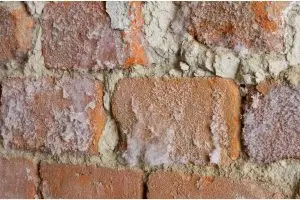What is BREEAM?
BREEAM, which stands for Building Research Establishment Environmental Assessment Method, is an internationally recognised sustainability assessment and certification scheme for buildings. It provides a comprehensive framework for evaluating and promoting sustainable practices in various aspects of building design, construction, and operation.
How Does BREEAM Work?
Description: BREEAM assesses buildings based on a set of criteria that cover multiple sustainability categories, including energy efficiency, water usage, materials, waste management, and ecological impact. The assessment process considers factors such as the building’s design, construction, operation, and management.
Benefits of BREEAM Certification
BREEAM certification offers numerous benefits to building owners, developers, and occupants. It signifies a commitment to sustainability, enhances the environmental performance of buildings, reduces operating costs, improves energy efficiency, and promotes occupant well-being.
BREEAM Versions and Adaptations
BREEAM has evolved over time, with different versions and adaptations available to suit various building types and regions. These versions ensure that the assessment criteria align with evolving industry standards and best practices.
Global Recognition of BREEAM
BREEAM has gained global recognition and is widely used as a benchmark for sustainable building design and construction. It is recognised by governments, industry professionals, and investors as a reliable indicator of a building’s environmental performance.




